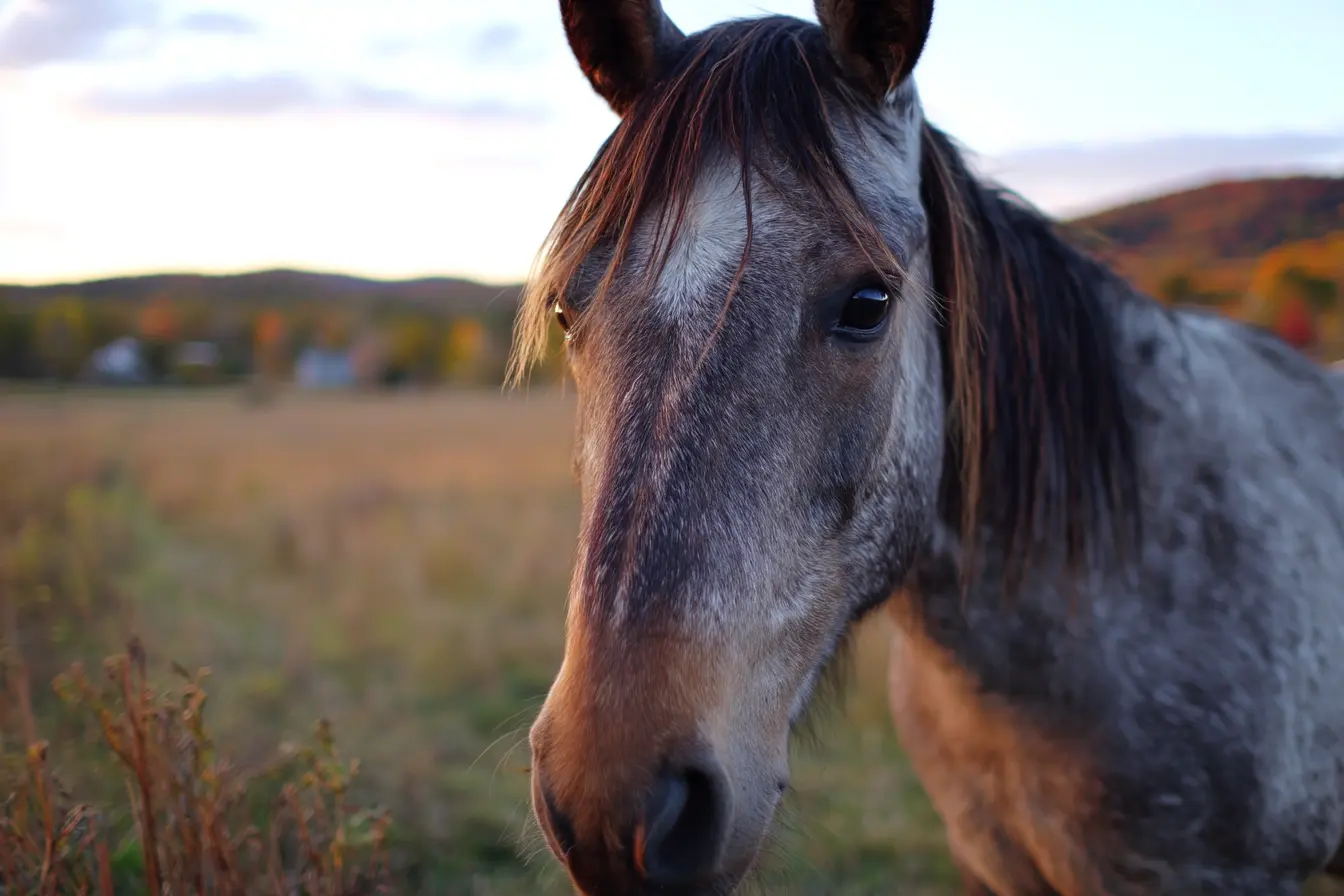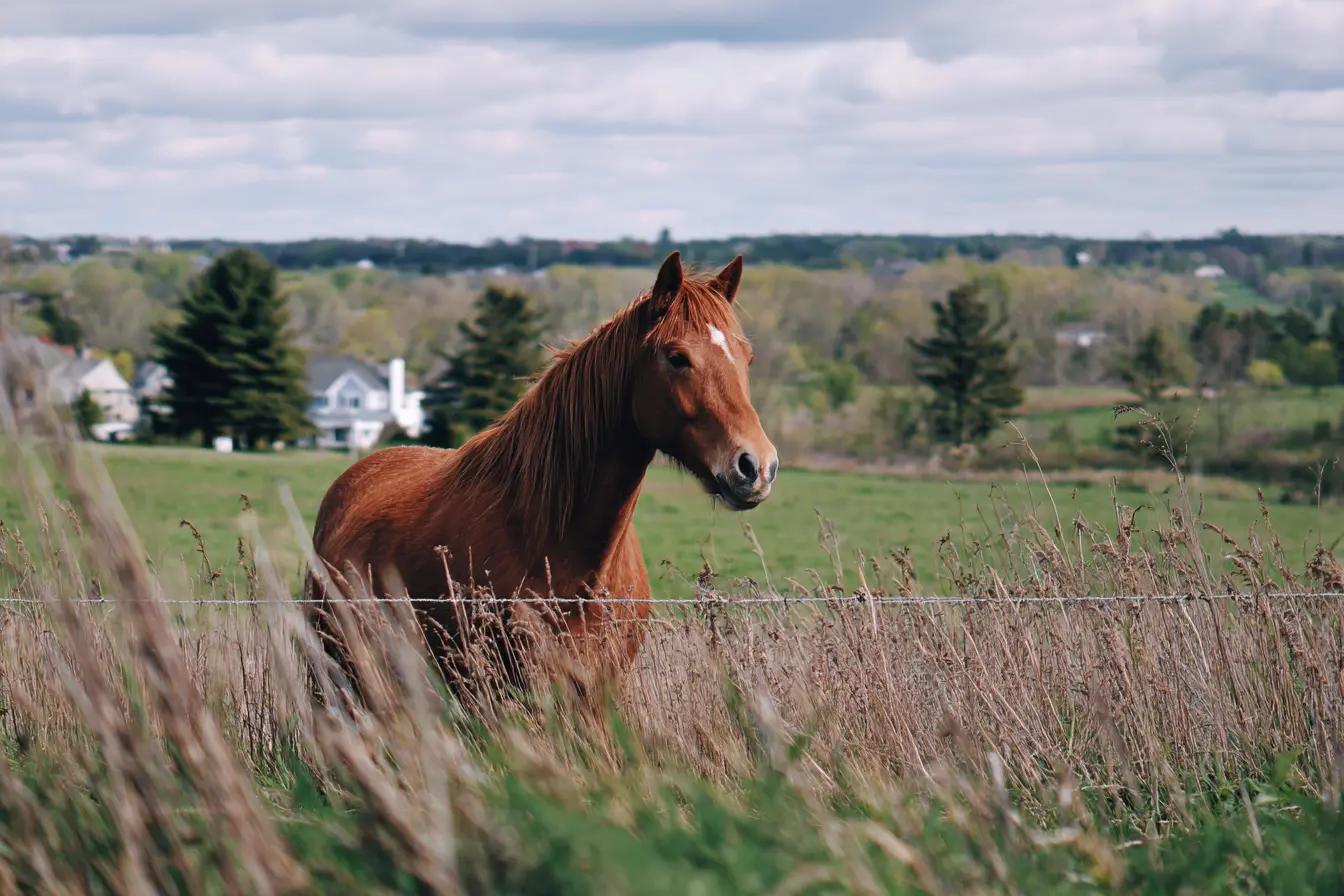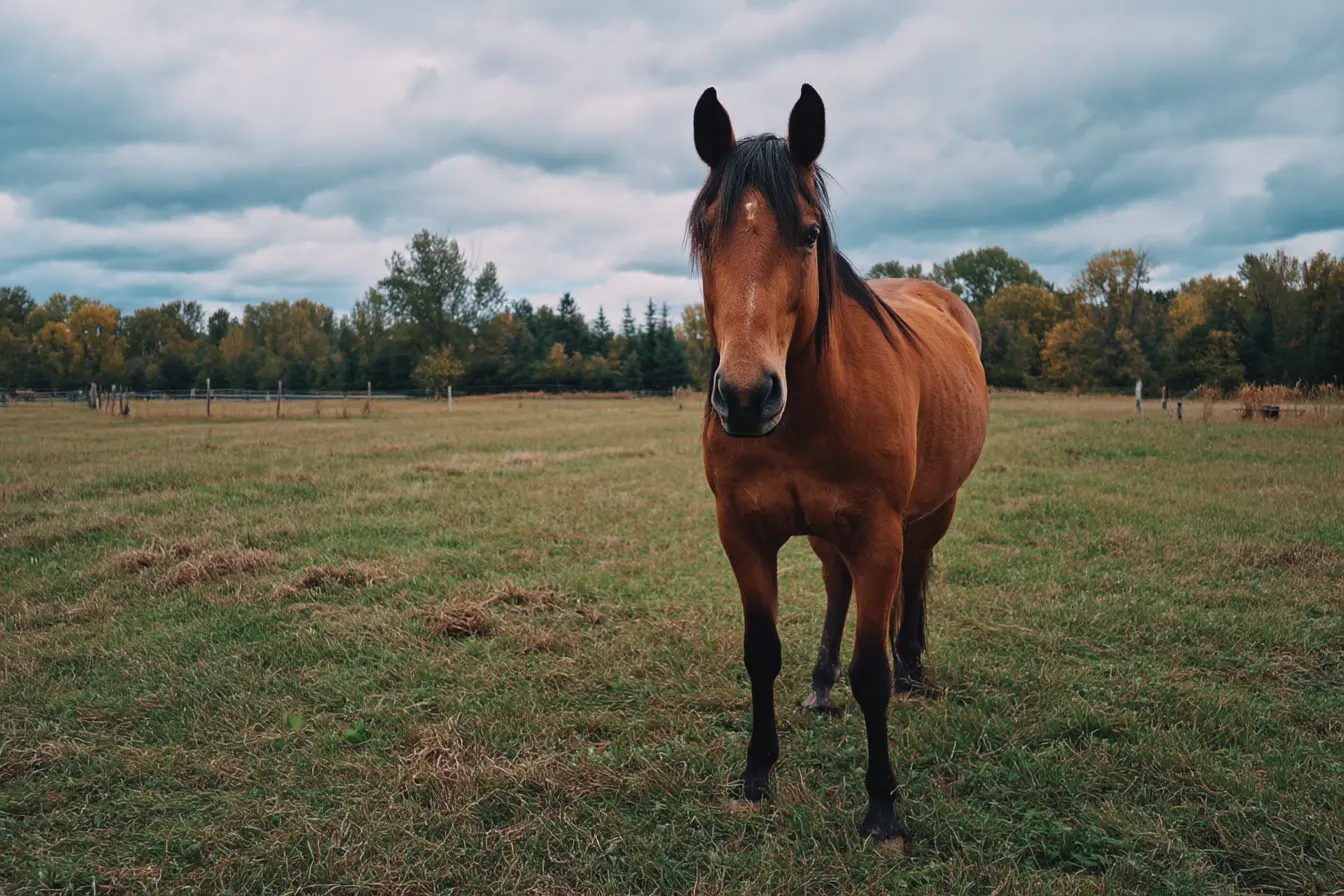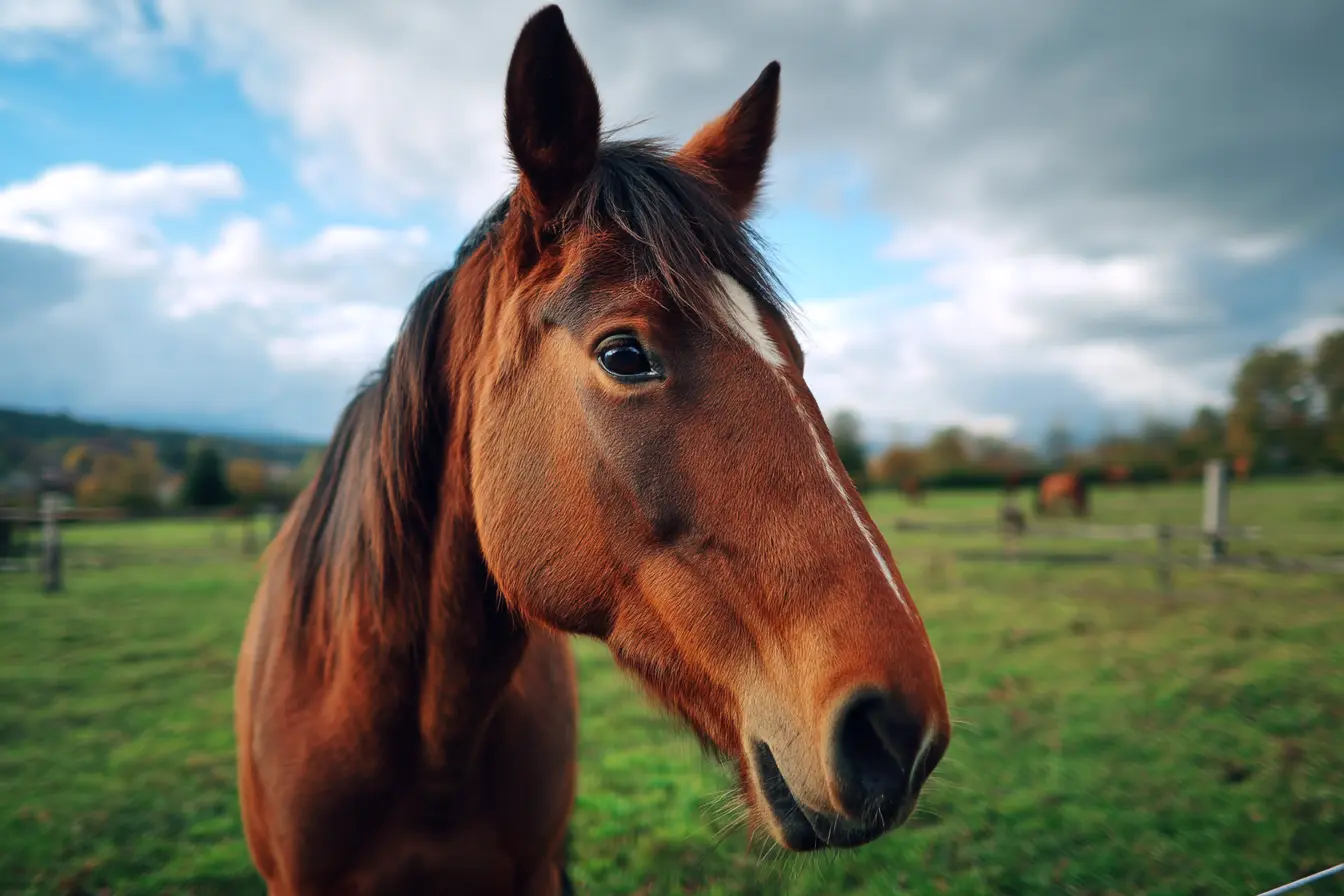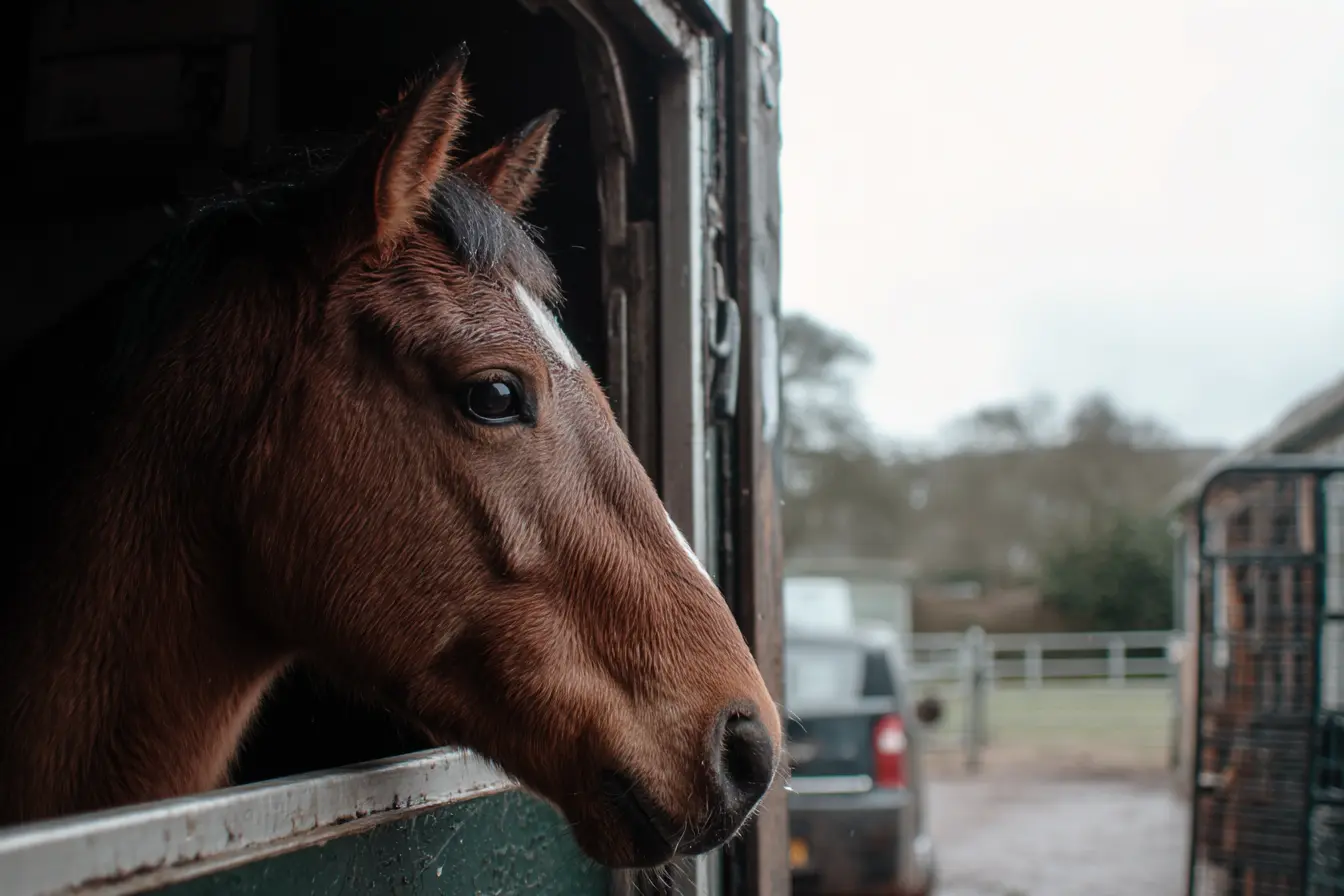
Transporting a Horse: Everything You Need to Know
Transporting a horse, whether for a competition, veterinary appointment, or relocation, requires careful planning and preparation. Horses are sensitive animals and travel can be stressful or even dangerous if not managed properly. Ensuring their safety, comfort, and legal compliance is essential for a smooth journey.
This guide covers everything you need to know about transporting a horse, including preparation, vehicle types, legal requirements, loading techniques, and post-travel care.
Legal requirements in the UK
Before transporting a horse in the UK, it's important to understand the legal obligations:
Documentation
- Horse passport: Every horse must travel with its passport, which should be readily accessible during the journey.
- Transporter authorisation: If transporting horses for commercial purposes or over long distances, you may need to register with the Animal and Plant Health Agency (APHA) and obtain a transporter authorisation.
- Certificate of competence (Certificate of Competence for Drivers and Attendants - Livestock): Required for journeys over 65km for business purposes.
Welfare in Transport Regulation (EC) No 1/2005
The legislation outlines requirements for animal welfare during transport, including:
- Journey time limits
- Vehicle standards
- Fitness of the animal to travel
- Adequate ventilation, flooring, and space
- Provision of rest, feed, and water as appropriate
Private owners transporting their own horses for non-commercial reasons are generally exempt from some of the regulations, but must still ensure their horses are fit to travel and transported humanely.
Choosing the right transport
There are several options for transporting horses, depending on your needs and vehicle availability:
Horse trailer
- Ideal for short to medium distances
- Usually towed by a 4x4 or large vehicle
- Cost-effective and relatively simple to use
- Can carry one to two horses depending on model
Horsebox (lorry)
- Suitable for longer journeys or multiple horses
- Offers greater stability and internal space
- Often includes living accommodation
- Requires appropriate driving licence depending on size and weight
Always ensure the vehicle is:
- Roadworthy and regularly maintained
- Properly ventilated and free from sharp edges or hazards
- Equipped with non-slip flooring and secure partitions
- Clean, dry, and bedded appropriately (e.g. shavings or rubber matting)
Preparing your horse for travel
Conditioning and training
- Introduce your horse to the trailer or horsebox gradually, using positive reinforcement
- Practise loading and unloading several times before the actual journey
- Take short practice trips to build confidence
Health and safety
- Ensure your horse is fit to travel—sick or injured horses may worsen during transit
- Schedule a vet check if in doubt
- Administer any required vaccinations or health checks well in advance of international travel
Pre-travel checklist
- Clean and inspect transport vehicle
- Check tyre pressure, brakes, and lights
- Prepare water, hay, and any medications
- Pack essential items: passport, grooming kit, spare headcollar and lead rope, first aid kit
- Plan your route, including rest stops and alternatives for delays
What to wear
For the horse
- Travel boots or bandages to protect legs
- Tail guard or bandage to prevent rubbing
- Light rug or sheet if cold or for clipped horses
- Leather headcollar (safer in an emergency than nylon)
For the handler
- Sturdy boots and gloves
- Hat or helmet for loading young or unpredictable horses
Loading and unloading
Loading tips
- Stay calm and patient—rushing creates anxiety
- Lead confidently and give your horse time to process each step
- Use a helper if needed for encouragement and safety
- Avoid force or harsh methods—this can create lasting aversion
Inside the transport
- Secure the horse using a quick-release tie
- Make sure partitions are adjusted to allow enough space
- Offer hay from a safe net tied at chest height
- Ensure good airflow without creating draughts
Unloading tips
- Park in a safe, enclosed area before opening doors
- Untie the horse only after you’ve lowered the ramp
- Lead out calmly and watch for signs of stress or fatigue
During the journey
- Drive smoothly—avoid sharp turns, hard braking, or rapid acceleration
- Check on the horse during breaks (without unloading unless necessary)
- Offer water on long journeys or during hot weather
- Keep journey times to a minimum, especially for nervous or elderly horses
Aftercare
Immediate steps
- Walk the horse briefly to stretch and relax muscles
- Offer fresh water and a small feed if appropriate
- Check for cuts, scrapes, or signs of overheating or distress
- Remove travel gear and groom if needed
Monitor for:
- Colic symptoms, especially after longer trips
- Stiffness, swelling in the legs, or reluctance to move
- Respiratory signs such as coughing or nasal discharge
Provide rest and access to turnout if possible after the journey.
International transport
International horse transport requires additional planning:
- Health certificate issued by an official veterinarian
- Customs declarations and import/export permits
- Transporter authorisation and journey logs for long trips
- Quarantine or isolation may be required depending on destination
It's strongly recommended to work with a professional transporter familiar with international rules and logistics.
Working with a professional transporter
If you’re not comfortable transporting your horse yourself, or need to travel long distances, using a licenced and experienced horse transport service can be a safer and less stressful option. Check for:
- Valid transporter licence and insurance
- Clean, well-maintained vehicles
- Experienced, knowledgeable staff
- Positive reviews or recommendations
Conclusion
Transporting a horse is a significant responsibility, but with the right preparation and knowledge, it can be done safely and efficiently. Prioritising your horse’s welfare, staying calm, and planning ahead are key to a successful journey. Whether it’s a short trip to a local show or an international relocation, your horse will travel better when you take the time to do it right.
Vets near you
Speciality vets
- Aquatics vet specialists
- Birds vet specialists
- Camelids vet specialists
- Cats vet specialists
- Cattle vet specialists
- Deer vet specialists
- Dogs vet specialists
- Equines vet specialists
- Exotic vet specialists
- Goats vet specialists
- Pigs vet specialists
- Poultry vet specialists
- Sheep vet specialists
- Small Mammals vet specialists
- Wild vet specialists
